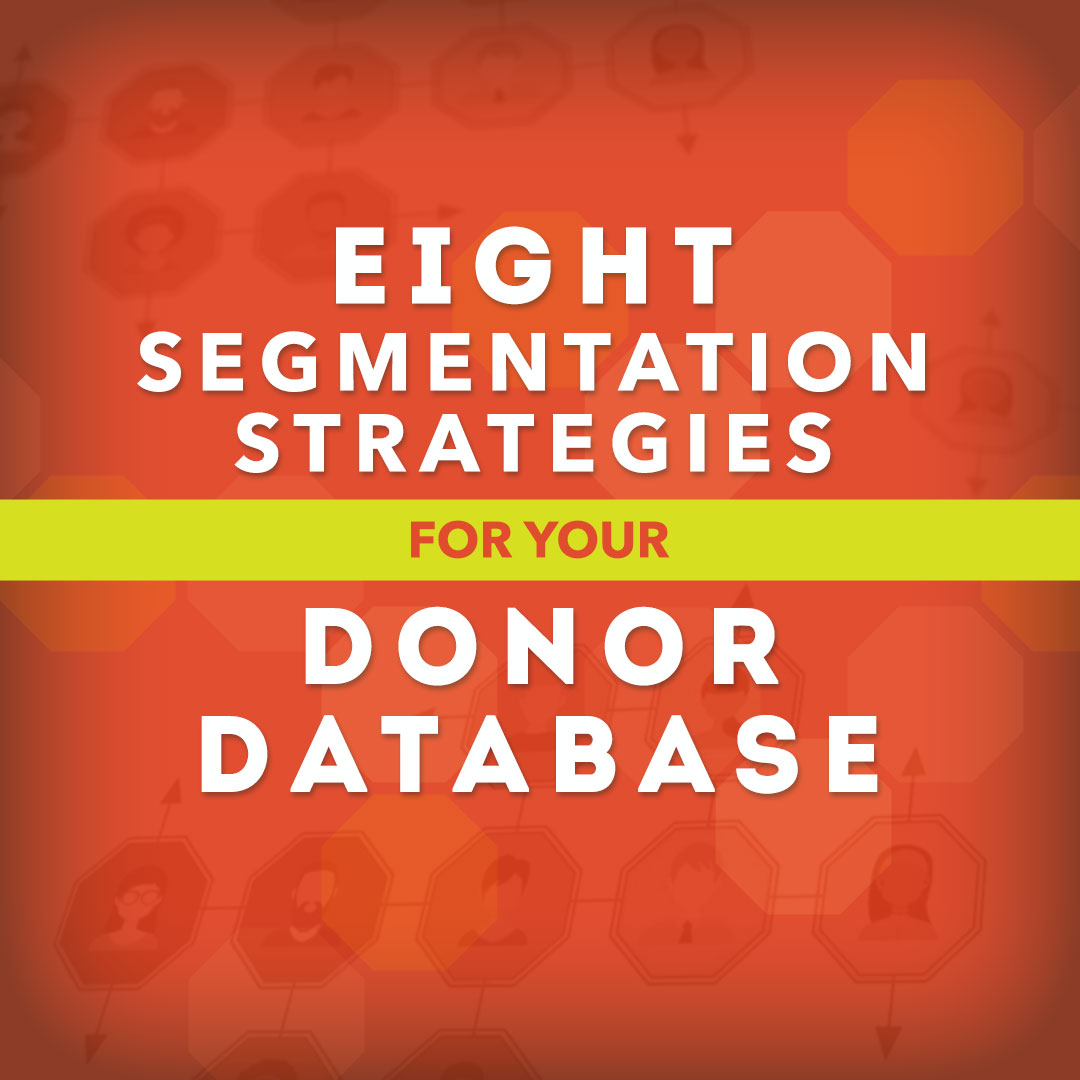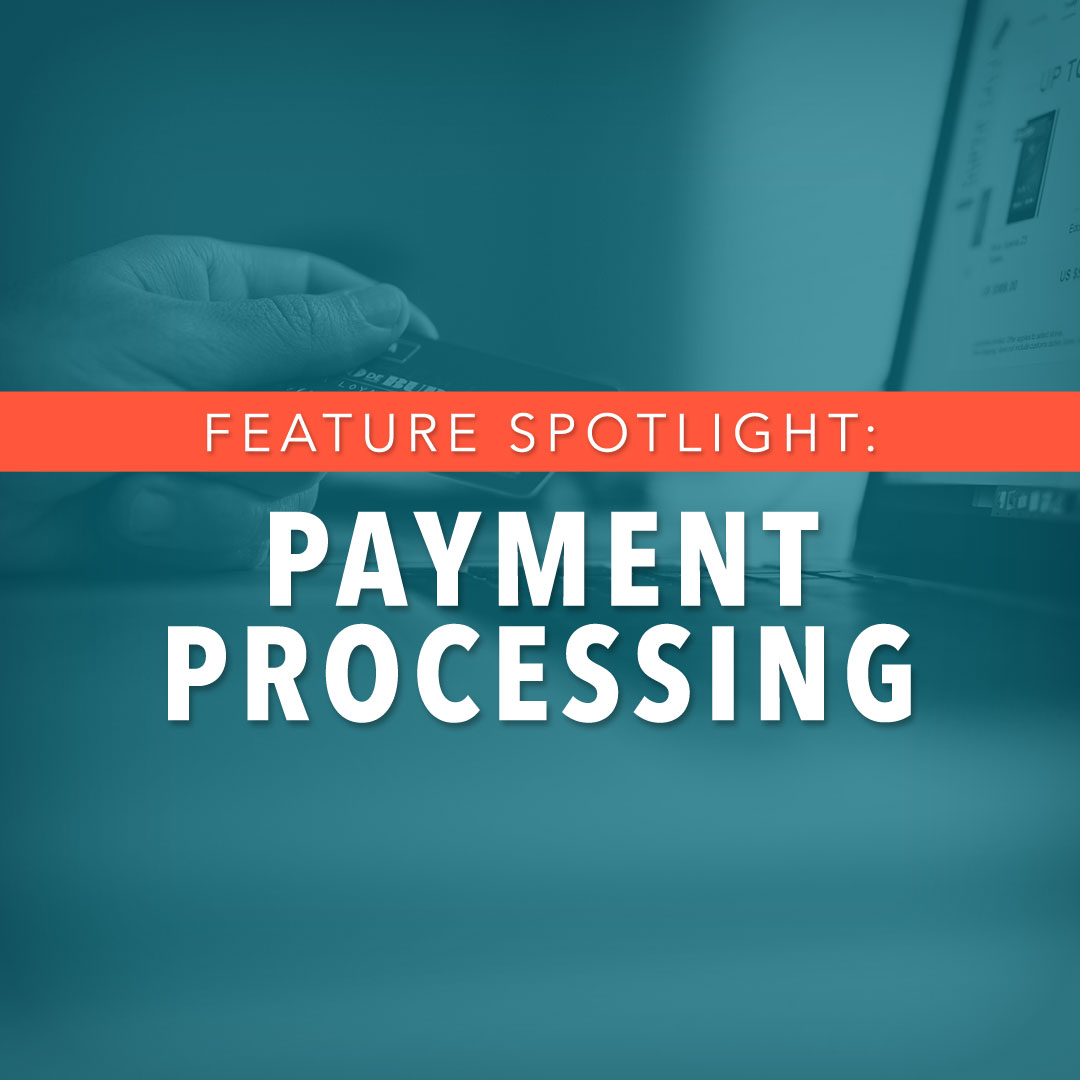If donor profiles tell you everything you need to know about any given donor and segmentation allows you to communicate the same message in many different ways, setting up those segmentation rules is the last step in the game to getting on your way to communicating smarter and more effectively to your donors.
There are endless ways to segment your donors, and, this is key, you don’t just have to pick one and stick with it. Every year, you have countless projects that you run, new needs that arise, and new types of donors that get added to your database. As we’ve already learned, asking the same thing from each donor every time is not effective, so let segmentation be your fairy godmother guide. With each new need, project or update, figure out the best way to segment for that particular set of communications, then pull the appropriate lists from your database based on that segmentation and get talking!
Here are just a few ways that you can segment your database:
- Age: Different generations not only support different causes but they are also motivated differently. Someone who is 25 years old needs a different motivation to give than donors in their sixties. Segmenting by age allows you to speak more directly to each generation.
- Wealth: Segmenting your donors by wealth ranges can help you set up more informed ask arrays for each donor as well as identify possible individuals that could be cultivated into major donors.
- Giving Level: Similar to wealth, segmenting by giving levels helps you present a more accurate ask array for donors. By doing so, you can avoid offending a wealthier donor with a small ask or alienating a lower-level donor with a huge ask.
- Giving History: Giving history helps you anticipate the growth or decline of your donors and helps you form language around encouraging them to continue growing or to re-commit to giving. This slight change in language is sometimes the difference between losing and retaining a donor.
- Giving Method: Do your donors prefer online giving, text giving, sending in a check or giving in person? Making sure that the preferred giving method is available (and easy to use!) to each donor is crucial in guaranteeing a donation.
- Preferred communication frequency or method: Similar to giving method, it’s important to deliver the actual ask exactly how and when the donor expects to get it. If someone wants to hear from you every week, but you only contact them quarterly, they’ll forget about you. Likewise, if you deliver weekly news to people who only want monthly updates, you’ll exhaust them. Additionally, make sure email subscribers get emails, text subscribers get texts, and direct mail fans get letters in their mailbox.
- Project vs. General Interest: Some donors love your organization so much that they’ll give to anything and trust you to use it wisely. Others care about specific projects. By segmenting donors accordingly, you can avoid wasting communications or turning a donor off by presenting an ask that doesn’t make sense for their preference.
- Entity type: Is the donor an individual, corporation, family, government or foundation? Because you will have partners of all sizes and entities, it’s important to segment your communications and asks accordingly. You might be able to ask corporations to sponsor entire events, but you can’t do that with an individual or a family.
Even within any given need you could segment your donors in many different ways, pull several different lists and end up communicating the same need in very different ways to those given lists. But as always, don’t try to bite off more than you can chew. Remember, for each new list you pull, you’ll also need customized messages and communication. Only pull the list if you actually have the bandwidth to communicate to them properly.
At the end of the day, you need good donor data (and a lot of it!) in order to segment well. It’s as simple as this, more donor data equals more segmentation options equals more specialized communication equals higher response and conversion rates giving you more focused and attentive donors and higher numbers of funds raised.
BUT (yes, there’s a “but”) even if you have all the donor data in the world, your segmentation capabilities ultimately are only as powerful as your donor management software is. If your software has limited functionality when it comes to segmentation or doesn’t allow you to segment in ways that you need to in order to be successful, then it might be time to start shopping for a new one.
Segmentation is essential to running a profitable and effective nonprofit organization. Not only will it help you reach the right people the right way with the right ask, but it’ll also keep your donors from feeling exhausted or forgotten because they’ll now only receive communications and asks that were specifically meant for them.
If you think it’s time to start shopping for a new donor development software, check out our post, “How to Choose a Donor Management Software.” It’ll walk you through everything you need to know before you start shopping around.


-1.jpg)







